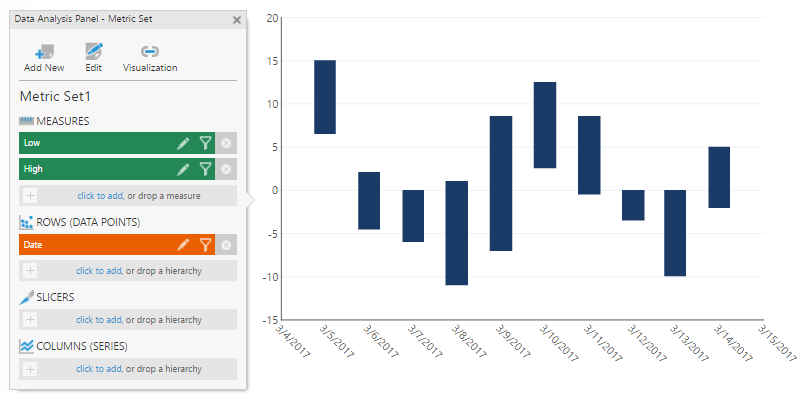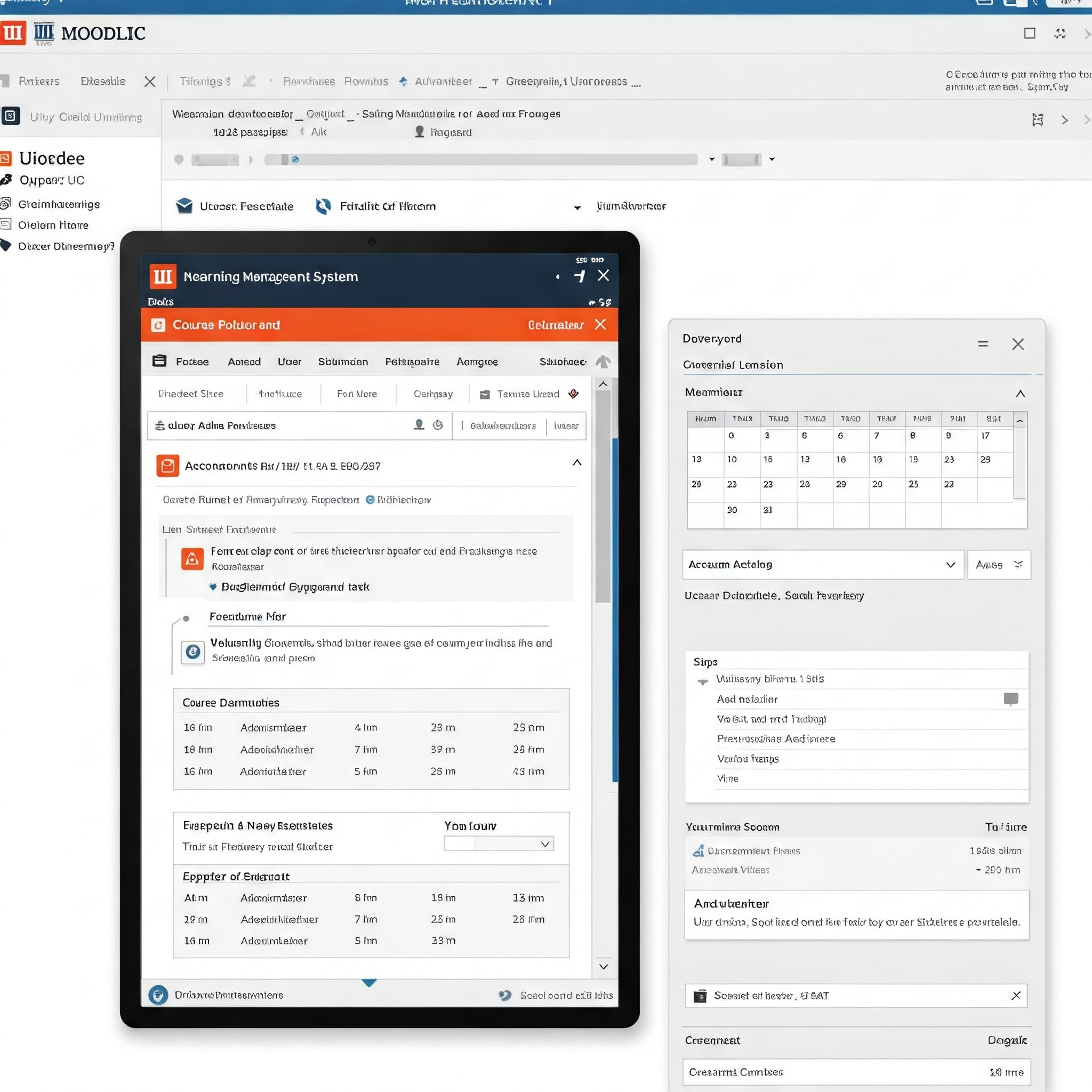Mastering the Barchart A Complete Guide to Understanding and Using Bar Charts Effectively
Introduction
In the age of information, the ability to interpret data quickly and accurately is more valuable than ever. Visual tools play a vital role in this process, and among them, the bar chart—commonly referred to as a barchart—stands out as one of the most accessible and effective methods of data visualization. Whether in school classrooms, boardrooms, or investment platforms, bar charts help turn raw data into actionable insights.
Barcharts are a staple in reports and presentations due to their simple structure and visual appeal. With the power to instantly compare categories or highlight trends, they make data easier to digest for both professionals and general audiences. This article will guide you through the essentials of barcharts, from understanding what they are to how to create and use them properly across a wide range of industries.
What Is a Barchart A Visual Overview
A barchart is a graphical representation of data using rectangular bars to depict values. The length or height of each bar corresponds to the magnitude of the data it represents, making comparisons straightforward. Bar charts can be oriented vertically or horizontally, depending on the layout and clarity required.
There are several types of barcharts, each suited for different data needs. Vertical bar charts are most common, with bars standing upright. Horizontal bar charts, on the other hand, are useful when category names are too long or when the data is better viewed across the horizontal axis. Stacked bar charts display parts of a whole within each category, while grouped bar charts allow for multi-variable comparisons within categories.
What sets a barchart apart from other visual tools is its versatility. Unlike pie charts, which are ideal for showing proportions, or histograms, which deal with distributions of continuous data, barcharts are ideal for comparing discrete categories. Their ease of use and readability make them a go-to for data storytellers and analysts alike.
The Purpose and Power of Bar Charts in Data Visualization
Barcharts are more than just visual aids; they are storytelling tools that can highlight key insights in seconds. Their primary purpose is to compare different categories of data, revealing patterns, disparities, and trends that might be lost in spreadsheets or numeric reports. Whether you’re comparing sales across regions, student performance by subject, or website traffic over months, barcharts can make your data come alive.
One of the greatest strengths of the barchart is its clarity. Unlike tables, which require mental computation, barcharts offer immediate visual cues. This can be particularly powerful in business settings, where quick decision-making is essential. For instance, marketers can instantly see which campaigns are performing best, while financial analysts can use bar charts to compare investment returns across asset classes.
Moreover, bar charts encourage engagement. Viewers are naturally drawn to visuals, and a well-designed barchart can communicate complex concepts in an approachable way. This is crucial in educational settings or public reports, where accessibility and understanding are top priorities. The ability to customize the layout, color scheme, and orientation of a barchart further adds to its effectiveness as a communication tool.
How to Create a Bar Chart Tools and Techniques
Creating a barchart begins with collecting and organizing your data. You should start by identifying the categories you wish to compare and the corresponding numerical values. Once your dataset is ready, you can select the type of barchart that best fits your needs—simple, stacked, grouped, vertical, or horizontal.
There are many tools available for creating barcharts, ranging from basic spreadsheet software to advanced data visualization platforms. Microsoft Excel and Google Sheets are user-friendly options that allow users to generate bar charts with just a few clicks. For more professional or interactive visuals, tools like Tableau, Power BI, or programming languages such as Python (using libraries like Matplotlib or Seaborn) offer greater control and customization.
To design an effective barchart, follow key best practices. First, keep your chart clean and uncluttered. Avoid using unnecessary gridlines, 3D effects, or overly complex designs. Stick to a color palette that enhances readability—contrasting colors help distinguish between categories, while consistent use of color aids recognition. Ensure that your axes are clearly labeled and that the scale starts at zero to avoid misleading visual impressions. Lastly, title your chart meaningfully so viewers can grasp its purpose at a glance.
Real-World Applications of Bar Charts
The practical uses of barcharts span virtually every field. In business, companies use bar charts to analyze sales performance, track KPIs, and compare departmental outputs. A CEO might use a barchart to show year-over-year revenue changes during an annual presentation, while a product manager might compare feature usage across different user segments.
In education, bar charts help illustrate student achievements, demographic data, and school performance metrics. Teachers and administrators can leverage these visuals to communicate trends and identify areas for improvement. In research, bar charts are commonly used to compare experimental results or visualize survey responses.
The financial sector also heavily relies on bar charts, especially on platforms like Barchart.com. Traders and investors use these charts to view price movements, volume statistics, and sector performance. For example, a horizontal barchart might show the top-performing stocks in a portfolio, while a grouped bar chart could display performance across different market indices.
Even in public policy, bar charts play a vital role in transparency. Government agencies often use them to present data on unemployment, crime rates, or public spending. Their straightforward design helps ensure the information is accessible to all, regardless of their data literacy level.
Common Mistakes and How to Avoid Them

While bar charts are easy to create, they are just as easy to misuse. One of the most common mistakes is manipulating the scale of the axes. For example, starting the y-axis at a number other than zero can exaggerate differences between data points, leading to misleading interpretations. Always ensure your axes are appropriately scaled.
Another pitfall is overcrowding the chart. Including too many categories can make the bars indistinguishable, reducing clarity. When dealing with large datasets, consider grouping similar items or using interactive tools that allow viewers to explore subsets of the data. Also, avoid using inconsistent colors or patterns that make it hard to differentiate between bars.
Mislabeling or omitting labels is another frequent error. Without proper labels, viewers may struggle to understand what the chart is showing. Always include clear labels for both axes, along with a descriptive title and legend if necessary. A good barchart should be understandable even without additional explanation.
Lastly, context is key. Presenting a barchart without sufficient background information can lead to misinterpretation. Make sure your audience understands what the data represents, the time period covered, and any variables or assumptions involved. Providing this context ensures your bar chart is both informative and trustworthy.
Conclusion
Barcharts are a foundational tool in the world of data visualization. Their simple design, versatility, and visual clarity make them ideal for comparing discrete values across a wide array of contexts. Whether you’re analyzing business metrics, financial trends, academic performance, or survey results, a well-crafted barchart can make your data more understandable and impactful.
By mastering the principles behind barcharts—from selecting the right type to avoiding common pitfalls—you can enhance your communication and decision-making abilities. As data continues to shape how we understand the world, the ability to create and interpret barcharts will remain an essential skill.
FAQs
Q1: What is the difference between a bar chart and a histogram?
A bar chart displays discrete categories, while a histogram shows the distribution of continuous data grouped into ranges.
Q2: Can bar charts be used for time series data?
Yes, but line charts are often better suited for continuous time series. Bar charts can be used when comparing data across specific time intervals.
Q3: What are stacked and grouped bar charts used for?
Stacked bar charts show parts of a whole within each category. Grouped bar charts compare multiple variables side by side within categories.
Q4: Which software is best for creating professional bar charts?
Excel, Google Sheets, Tableau, Power BI, and Python libraries like Matplotlib and Seaborn are all excellent tools.
Q5: How can I make my bar chart visually appealing and accurate?
Use a clear layout, appropriate colors, consistent labels, and properly scaled axes. Avoid clutter and provide context.
Q6: What does Barchart.com offer in terms of charting tools?
Barchart.com provides interactive financial charts for stocks, commodities, ETFs, and more, including bar chart and candlestick visualizations.
Q7: Are there any free tools to create interactive bar charts?
Yes, Google Sheets, Chart.js, and free versions of Datawrapper or Tableau Public offer interactive charting capabilities.










Post Comment